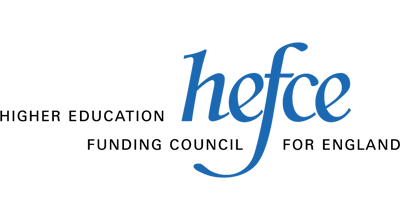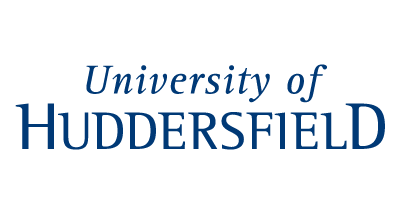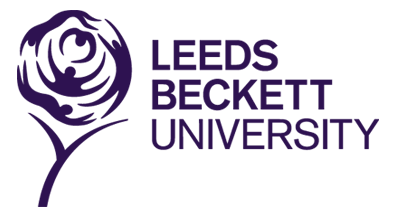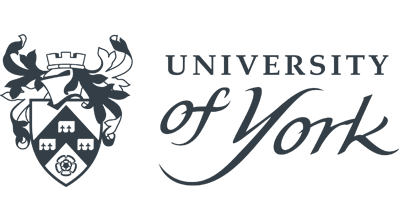Date published: 24/07/18

Electrospun scaffolds for tissue engineering; an industry partner perspective.
- Name: Dr Peter Iddon
- Current Organisation: Neotherix
- Current Position: Development Manager
- Secondment organisation: University of Bradford
My name is Dr Peter Iddon, and as Development Manager at Neotherix Ltd, I am responsible for the development and translation of new bioresorbable electrospun scaffolds for tissue repair and regeneration. Neotherix develop such regenerative devices in order to enhance the body’s capacity to repair itself, by providing patients’ own cells with micron-scale 3D architectures to enhance the recruitment of reparative cells for neotissue formation.
Neotherix has had a long history of working collaboratively with Universities across the UK, and as a small company have found the approach to be a valuable way of accessing cutting-edge research expertise that we don’t possess in-house. Therefore when the opportunity arose for me to become seconded to the University of Bradford, it seemed like a natural extension of that way of working.
What we hoped to achieve
We supported the application for Translate Secondment funding for two main reasons – the first was to enable one of our scientists to directly take advantage of the facilities available at a leading research-focussed university, allowing us to more effectively contribute to an existing but separate collaborative project we were involved in at the University of Bradford. The second reason was to allow us to develop proof-of-principle for an exciting new electrospun scaffold technology incorporating an additive developed at the University of Bradford, leveraging both the skills and facilities available at the institution and my own experience of electrospinning to demonstrate the potential of the approach and generate data to support an application for substantial funding.
We achieved both objectives, with the first main benefit to Neotherix being that we could fulfil an existing critical project commitment, removing a potential barrier to project completion and allowing a key technology development programme to progress.
The second main benefit to Neotherix was the strengthening of a nascent research collaboration and the collection of important proof-of-principle data for a very interesting potential technology. All companies have to carefully select which technologies they choose to invest in, and the data generated as a result of the secondment has strengthened the case for further investigation.
A fantastic opportunity
When I look back at my secondment experience I am somewhat surprised by the number of different members of the University of Bradford research community I interacted with over a relatively short time. This included staff assisting me with everything from administrative matters through to technical support, advice on how to accomplish certain tasks, or providing me access to certain items of equipment. A personal highlight is the number members of the community that were engaged with what I was doing and were willing to help, even those that didn’t even have an indirect involvement with the project!
It can often be hard to judge whether the commitment of limited resource to any particular collaboration will result in an overall benefit. However after having taken part in this I am pleased to say that if the need and opportunity for Neotherix to undertake further secondment projects arose in the future, I would not hesitate in applying.







